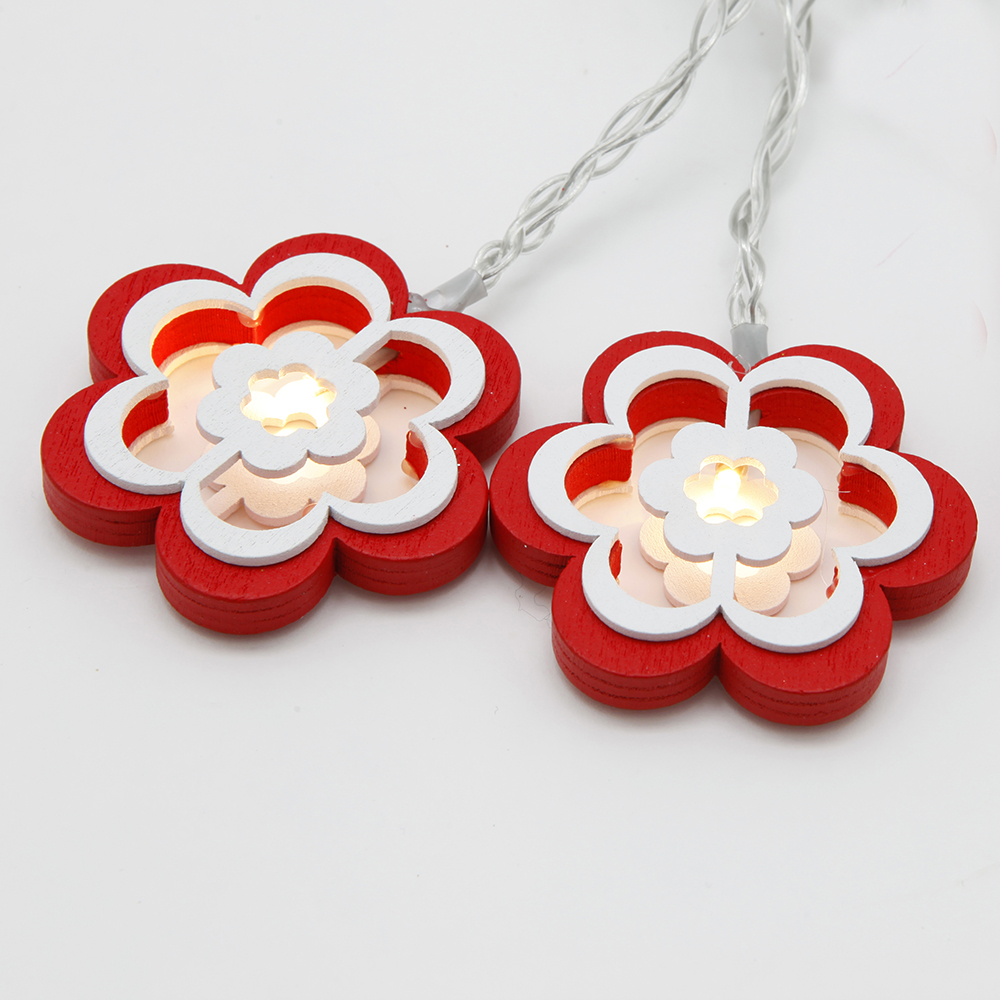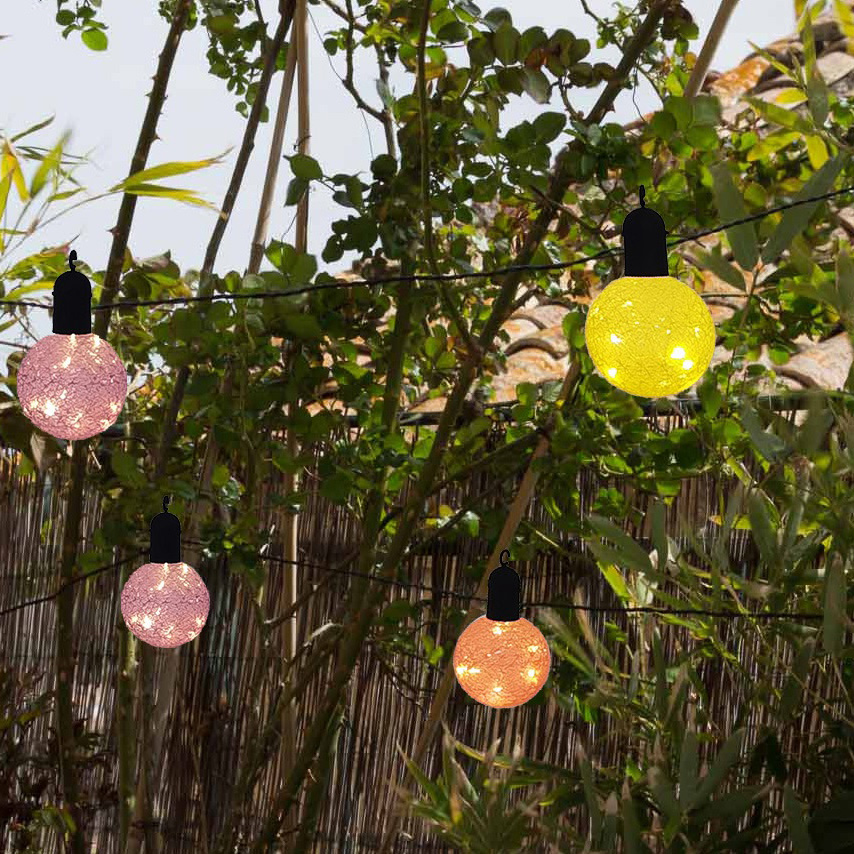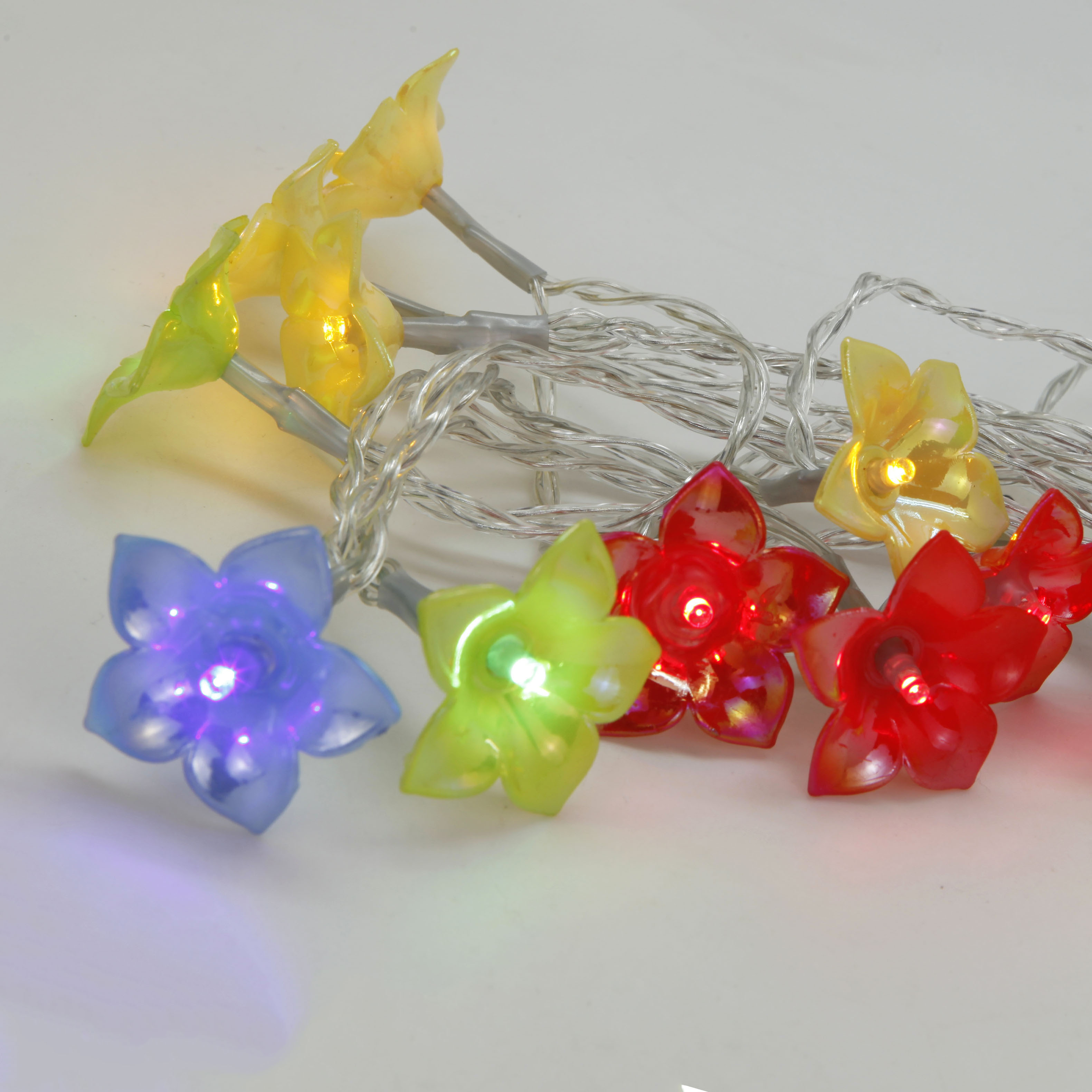

1. Building exterior lighting Projecting a certain area […]
1. Building exterior lighting
Projecting a certain area of the building is nothing more than the use of circular and square-shaped floodlights that control the beam angle, which is completely consistent with the concept of traditional floodlights. However, due to the small and thin LED light source, the research and development of linear projection lamps has undoubtedly become a highlight of LED projection lamps, because many buildings have no place to place traditional projection lamps at all. Its installation is convenient, it can be installed horizontally or vertically, and it is better integrated with the building surface, bringing a new lighting vocabulary to lighting designers and expanding the creative space. And will have an impact on the lighting methods of modern buildings and historical buildings.
2. Landscape lighting
Unlike traditional lamps, LEDs are mostly glass bulbs, so they can be organically combined with urban street furniture. Lighting can be used in urban recreational spaces such as paths, stairs, decks, waterfronts, gardening. For flowers or low shrubs, LEDs can be used as light sources for lighting. LED recessed floodlights will be particularly favored. The fixed end can be designed as a plug-in type, which can be adjusted according to the height of plant growth.
3. Signs and Indicative Lighting
For places that require space limitation and guidance, such as the separation display of road surfaces, local lighting of stair steps, and emergency exit indication lighting, LED self-illuminating buried lights with appropriate surface brightness or lamps embedded in vertical walls can be used, such as Floor guide lights or indicators on the side of seats in theater auditoriums, and guide lights on floors in shopping malls, etc. In addition, compared with neon lights, LEDs are low-voltage, without fragile glass, and will not increase costs due to bending during production, and it is worth promoting and using in logo design.
4. In terms of lighting quality, since the LED light source has no heat, ultraviolet and infrared radiation, it will not cause damage to exhibits or commodities. Compared with traditional light sources, lamps do not need additional filter devices, and the lighting system is simple and expensive. Inexpensive and easy to install. Its precise lighting can be used as an alternative to fiber optic lighting in museums. Commercial lighting metropolis uses colored LEDs, interior decorative white LEDs provide auxiliary lighting for interiors combined with interior decoration, and LEDs can be used for hidden light strips, which are especially beneficial for low spaces.
5. Entertainment venues and stage lighting
Lively saturated colors can create static and dynamic lighting effects thanks to the dynamic, digital control of color, brightness and dimming of LEDs. From white light to any color in the full spectrum, the use of LEDs opens up new ideas in the lighting of such spaces. Long life, high lumen maintenance (90% luminous flux after 10,000 hours) reduces maintenance costs and the frequency of light replacement compared to the 50-250 hour life of PAR lamps and metal halide lamps. In addition, LEDs overcome the phenomenon of color shift of metal halide lamps after a period of use. Compared with PAR lamps, there is no heat radiation, which can make the space more comfortable. The application of LED color decorative walls in catering buildings has become a common practice.
6. Video screen
The full-color LED display is the most eye-catching outdoor large-scale display device in the world today. It adopts advanced digital video processing technology and has an unparalleled large area and ultra-high brightness. In addition, the LED lights installed on the screen can also use various specifications of light-emitting pixels according to different indoor and outdoor environments to achieve different brightness, color, and resolution to meet various uses. It can dynamically display graphic and animation information, and use multimedia technology to play various multimedia files. The most influential LED display in the world is the New York Stock Exchange in Times Square, Manhattan, USA, with a total of 18,677,760 LEDs and an area of 10,736 square feet. The screen can be divided into multiple screens and displayed at the same time, presenting the market conditions of Wall Street to the public at a glance. In addition, the Aurora International Headquarters, which has risen in the Lujiazui Financial Center in Pudong, Shanghai, has a 100m-long super-large LED screen on the entire facade of the building facing Puxi, with a total area of 3,600 square meters. Called the world's first.
7. Vehicle indicator lighting
Used for vehicle road traffic LED navigation information display. In the fields of urban traffic and highways, LEDs are widely used as variable indicators and lighting functions to replace similar foreign products. Among them, power dispatching, vehicle dynamic tracking, vehicle dispatching management, etc., are also gradually adopting high-density LED displays to play the role of indicator lighting.




